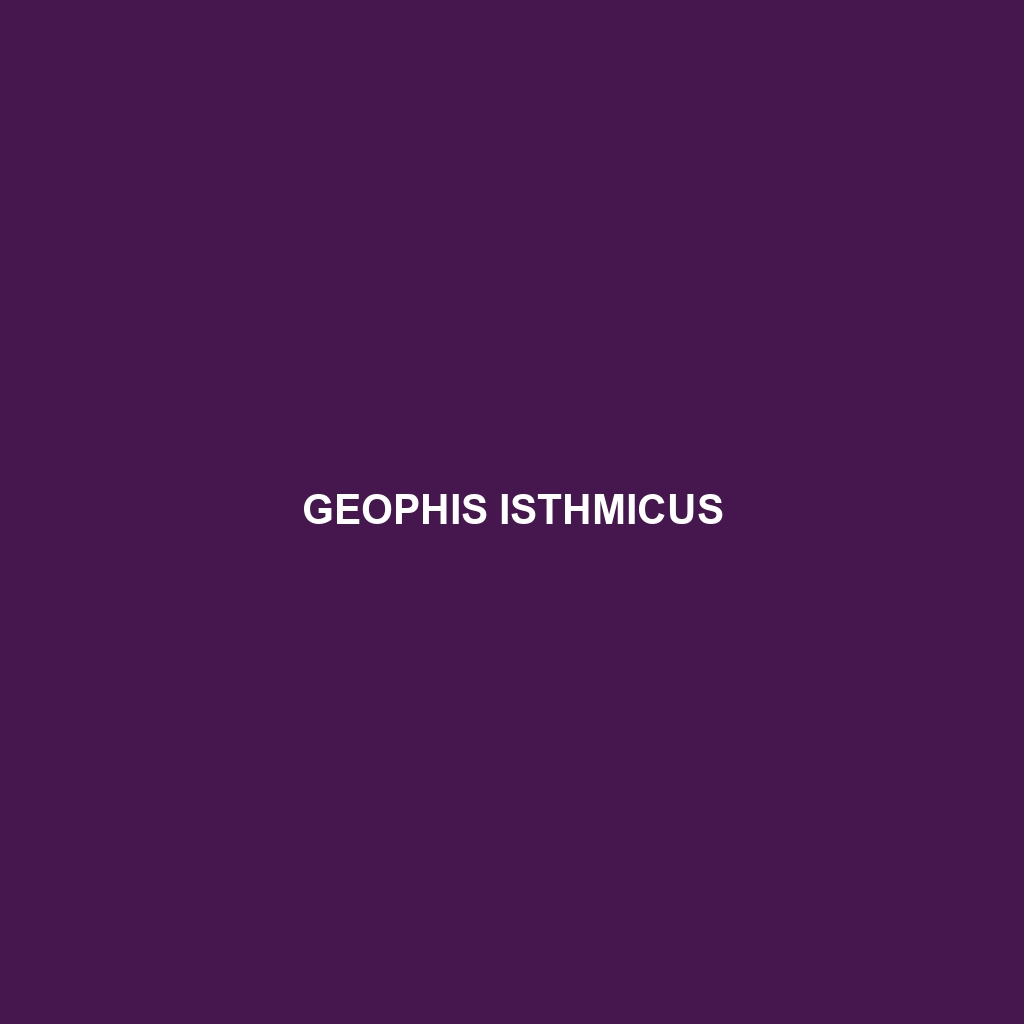Discover the California night snake (Hypsiglena torquata), a nocturnal predator found in the warm, arid habitats of the western United States and northern Mexico. This moderately-sized snake, known for its effective camouflage and mild neurotoxic venom, plays a vital role in controlling local insect populations and maintaining ecosystem balance.
Tag: invertebrate diet
Geophis isthmicus
Discover the <b>Geophis isthmicus</b>, a slender, nocturnal snake native to the tropical rainforests of Central America, known for its exceptional camouflage and diet primarily consisting of small invertebrates. With a length of 60 to 80 centimeters, this species plays a vital role in controlling insect populations and maintaining ecological balance in its habitat.
Epictia vonmayi
<b>Epictia vonmayi</b>, commonly known as May's Snake, is a slender, nocturnal insectivore found in the humid rainforests of Central America, ranging from 30 to 60 centimeters in length. With its smooth, glossy scales and remarkable burrowing abilities, this snake plays a critical role in regulating invertebrate populations within its diverse habitats.
Epictia tesselata
Discover the fascinating Epictia tesselata, or tessellated blind snake, a small, nocturnal snake that thrives in the humid tropical rainforests of Central and South America. With its unique tessellated coloration and specialized burrowing abilities, this insectivorous predator plays a crucial role in maintaining ecosystem balance through its diet of soil-dwelling invertebrates.
Epictia rufidorsa
<p><b>Epictia rufidorsa</b>, known as the Reddish Blind Snake, is a small, slender snake native to tropical and subtropical regions of Central and South America. This nocturnal, burrowing species features a reddish-brown body and vestigial eyes, primarily feeding on invertebrates and playing a vital role in maintaining ecological balance through its predatory and burrowing behaviors.</p>
Enyalioides dickinsoni
<h2>Product Description</h2> <p><b>Enyalioides dickinsoni</b> is a vibrant lizard native to the humid rainforests of the eastern Andes in Ecuador and Peru, known for its striking green or brown coloration, distinctive bright dewlap in males, and its role in controlling insect populations while thriving in diverse environments.</p>
Eirenis modestus
Discover the Eirenis modestus, or modest snail-eater, a small, non-venomous snake thriving in arid regions, renowned for its unique snail-hunting abilities and patterns of muted brown or gray coloration. With a length of 50 to 70 cm, this nocturnal predator plays a vital role in maintaining ecological balance by regulating snail populations in its habitat.
Dipsas schunkii
fascinating Dipsas schunkii, also known as Schunk's snail-eater, a strikingly colored snake native to Central America’s tropical rainforests, renowned for its diet of snails and slugs. With its slender body and excellent camouflage, this nocturnal predator plays a vital role in regulating the populations of its prey while thriving in humid, dense vegetation.
Dipsas mikanii
Dipsas mikanii, or glistening snake, a stunning species from the moist lowland forests of Central and South America, characterized by its slender body, shiny scales, and distinctive large eyes. This nocturnal predator thrives on a diverse diet and plays a vital role in maintaining ecological balance, making it a fascinating addition to any natural habitat.
Dibamus taylori
fascinating Dibamus taylori, a legless lizard native to the humid forests of Borneo and Sumatra. This nocturnal species features smooth, shiny scales, reaches lengths of 40 to 50 centimeters, and plays a crucial role in controlling insect populations while facing vulnerabilities due to habitat loss.









